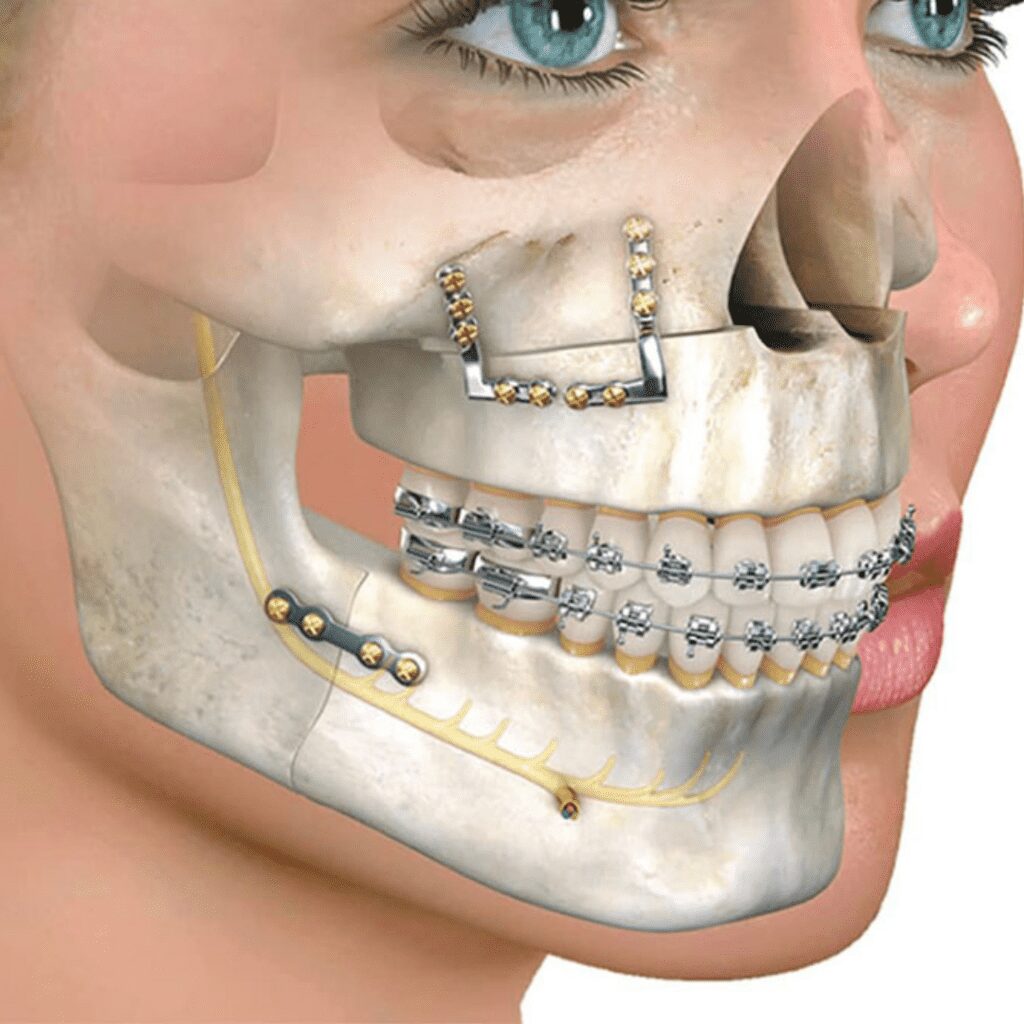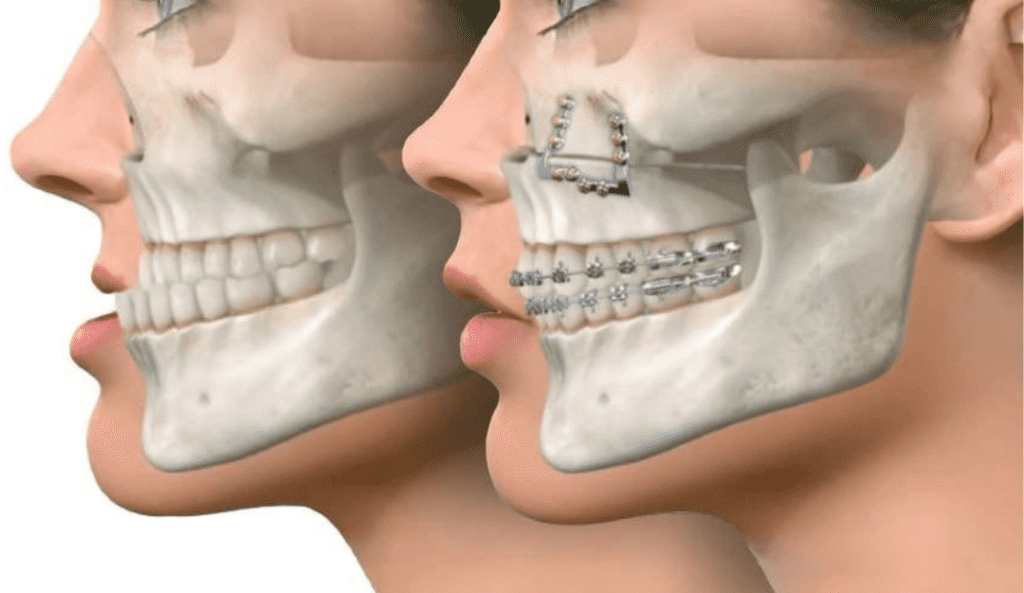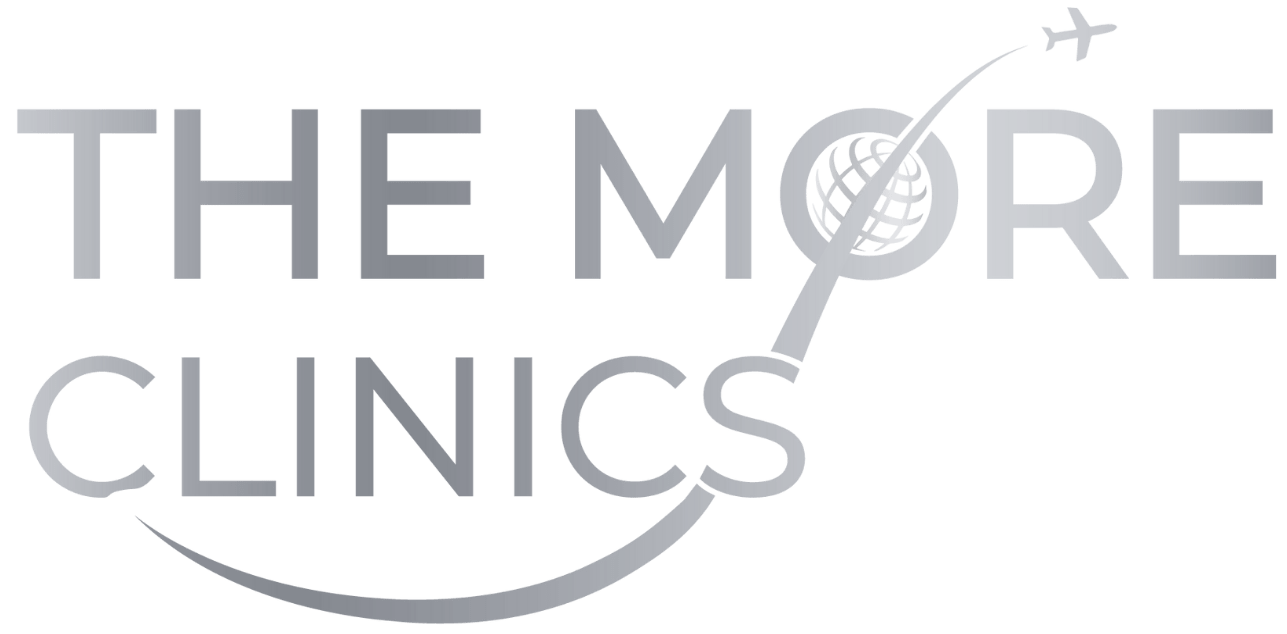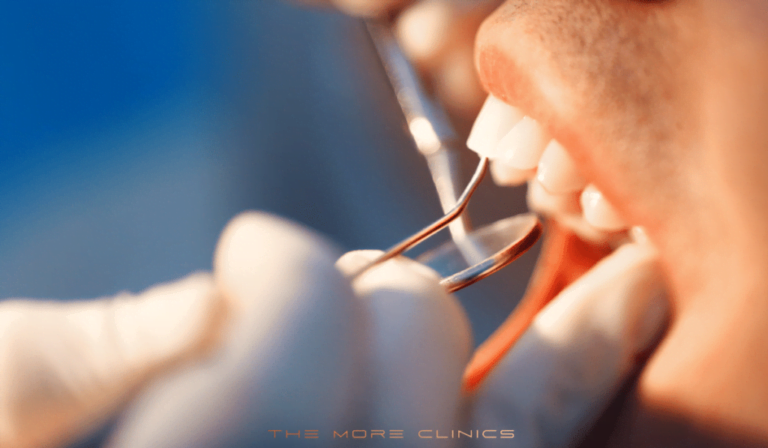Orthognathic Surgery Turkey Guide: All You Need to Know
If you’ve been contemplating orthognathic surgery to correct jaw misalignment or enhance your facial aesthetics, you’re in the right place.
This comprehensive guide is designed to provide you with all the information you need to understand the surgery, its benefits, the recovery process, and potential risks involved. Bonus: Orthognathic Surgery Turkey Cost as an affordable option!

Understanding Orthognathic Surgery: An Overview
In this section, we will delve into the fundamentals of orthognathic surgery, providing you with a solid foundation of knowledge to build upon. From exploring the reasons behind the procedure to its potential impact on your life, let’s dive in!
What is Orthognathic Surgery?
Orthognathic surgery, also known as corrective jaw surgery, is a procedure designed to address issues related to jaw misalignment and facial asymmetry. It involves surgical interventions to reposition the jaws, correct the bite, and enhance facial aesthetics. By realigning the jaws, orthognathic surgery aims to improve both function and aesthetics, leading to a more harmonious facial structure.

Reasons for Orthognathic Surgery
When considering orthognathic surgery, it’s crucial to discuss your candidacy with a qualified oral and maxillofacial surgeon. The surgeon will evaluate various factors, including the severity of your jaw misalignment, dental condition, overall health, and expectations. They will conduct comprehensive assessments, such as dental impressions, X-rays, and 3D imaging, to determine the most suitable treatment plan tailored to your specific needs.
Orthognathic surgery is recommended for individuals with various conditions related to jaw misalignment and facial disharmony. Some common reasons for undergoing ortognatic surgery (corrective jaw surgery) include:
- Severe malocclusion (misalignment of the teeth)
- Jaw discrepancies, such as an overbite or underbite
- Facial asymmetry
- Difficulty with chewing or speaking due to jaw misalignment
- Breathing problems caused by a narrow airway
- TMJ (temporomandibular joint) disorders
It’s essential to have open and honest discussions with your surgeon about your goals, expectations, and any concerns you may have.
The Benefits of Orthognathic Surgery
Undergoing orthognathic surgery can have life-changing benefits, both functionally and aesthetically. Some of the key advantages include:
1. Improved bite and chewing function
2. Enhanced facial aesthetics and symmetry
3. Increased self-confidence and self-esteem
4. Alleviation of breathing difficulties
5. Resolution of TMJ disorders and associated symptoms
The Risks of Orthognathic Surgery
As with any surgical procedure, orthognathic surgery carries certain risks. Some of the potential complications and side effects include:
1. Infection
2. Nerve damage
3. Bleeding
4. Prolonged swelling or bruising
5. Facial asymmetry
6. Excessive scarring
7. Anesthetic risks
8. Facial nerve paralysis
Orthognathic Surgery Cost in the World
The orthognathic surgery costs will vary depending on the particular procedure, as well as the geographic location and provider, surgeon’s reputation, and many other factors. It is important to note that these figures are merely estimates and do not include any additional fees such as anesthetic costs.
The average orthognathic surgery costs in the Usa range from $15,000 to $50,000. While this may seem like a hefty expense, keep in mind that orthognathic surgery can lead to significant improvements in your quality of life and overall wellbeing – making it a worthwhile investment.
- The average orthognathic surgery cost in New York City range from $18,000 to $60,000.
- The average orthognathic surgery cost in Los Angeles range from $15,000 and $50,000
The average orthognathic surgery cost in the Uk roughly £22,000.
- London is the most expensive, with prices ranging from £20,000 to £30,000.
The average orthognathic surgery cost in Canada range from $9,500 to $20,000.
An Affordable Option: Orthognathic Surgery Turkey Cost
Turkey is with the experienced surgeons, affordable orthognathic surgery prices, and world-class facilities, is one of the best places to have your orthognathic surgery abroad. Prices for orthognathic surgery in Turkey range from around $5,500 to $15,000 – making it an appealing option for those looking for a more economical solution.
The Orthognathic Surgery Turkey Process: What to Expect
In this section, we will guide you through the orthognathic surgery process, from the initial consultation to post-operative care. Understanding the various stages will help you prepare mentally and physically for the journey ahead.
Initial Consultation: Evaluating Your Candidacy
Before undergoing orthognathic surgery Turkey, it’s essential to have an in-depth consultation with an oral and maxillofacial surgeon. During this initial visit, the surgeon will assess your specific case, review your medical history, and conduct a thorough examination. They may also utilize advanced imaging techniques, such as 3D scans or X-rays, to visualize the jaw structures and plan the surgery effectively.
Treatment Planning: Tailoring the Surgery to Your Needs
Once your candidacy for orthognathic surgery Turkey is established, the next step involves detailed treatment planning. The surgeon will collaborate with a multidisciplinary team, which may include orthodontists and other specialists, to develop a comprehensive treatment plan. This plan will outline the specific procedures required, the anticipated outcomes, and the timeline for your surgery.
Preparing for Surgery: Mental and Physical Readiness
Prior to your orthognathic surgery, your surgeon will provide you with pre-operative instructions to ensure you are mentally and physically prepared. This may include guidelines regarding medications, diet modifications, and lifestyle adjustments. It’s crucial to follow these instructions diligently to optimize the surgical outcome and minimize the risk of complications.
The Surgical Procedure: Journey to Facial Harmony
The day of your orthognathic surgery has arrived, and you’re about to embark on a transformative journey to achieve facial harmony. The surgery itself is performed under general anesthesia, ensuring your comfort throughout the procedure. The surgeon will make incisions inside the mouth, allowing them to access the jawbones and perform the necessary adjustments. The specific techniques used will depend on your individual case and the desired outcome.
Recovery and Post-Operative Care: Nurturing Your Healing Process
After the surgery, you will be closely monitored in a recovery area before being discharged. It’s normal to experience some discomfort, swelling, and bruising in the days following the procedure. Your surgeon will provide you with detailed post-operative care instructions, including pain management strategies, dietary guidelines, and recommendations for oral hygiene. It’s essential to follow these instructions meticulously to promote healing and ensure a successful recovery.
FAQ’s about Orthognatic Surgery
Q: How long does orthognatic surgery take?
A: The duration of orthognathic surgery varies depending on the complexity of the case and the specific procedures involved. On average, the surgery can take anywhere from two to six hours.
Q: Will I have visible scars after orthognatic surgery?
A: No visible external scars will be present after orthognathic surgery since all the incisions are made inside the mouth. This ensures that any scarring remains hidden from view.
Q: How long does the recovery process take?
A: The recovery process after orthognathic surgery typically spans several weeks to months. Swelling and bruising gradually subside during this time, and you will gradually resume your normal activities as advised by your surgeon.
Q: WillI be able to eat normally after orthognatic surgery?
A: Initially, you may need to follow a modified diet to accommodate the healing process. As the recovery progresses, you will gradually transition back to a regular diet, including solid foods.
Q: Are there any risks or complications associated with orthognatic surgery?
A: As with any surgical procedure, ortognatic surgery carries certain risks and potential complications. These can include infection, bleeding, nerve damage, and adverse reactions to anesthesia. However, these risks are relatively rare, and your surgeon will take all necessary precautions to minimize them.
Q: Will orthodontic treatment be necessary before or after ortognatic surgery?
A: In most cases, orthodontic treatment is an integral part of the ortognatic surgery process. It helps to align the teeth and ensure they fit together properly after the surgery. Your orthodontist and oral surgeon will work closely together to coordinate the timing and sequence of orthodontic treatment and surgery.
Last Words from The More Clinics
Remember, orthognathic surgery is a transformative process that can improve both your function and aesthetics, leading to a more harmonious facial structure and enhanced quality of life. If you’re considering orthognathic surgery, consult with a qualified oral and maxillofacial surgeon to explore your options and embark on the path to a more confident and balanced you.
GET A FREE CONSULTATION!
Let’s Start Planning Your Treatment %100 Guarantee Results.

Written by The More Editorial Team and Medically Reviewed by Dr. Onur Ademhan who specialized on Oral and Maxillofacial Surgery and Implantology





